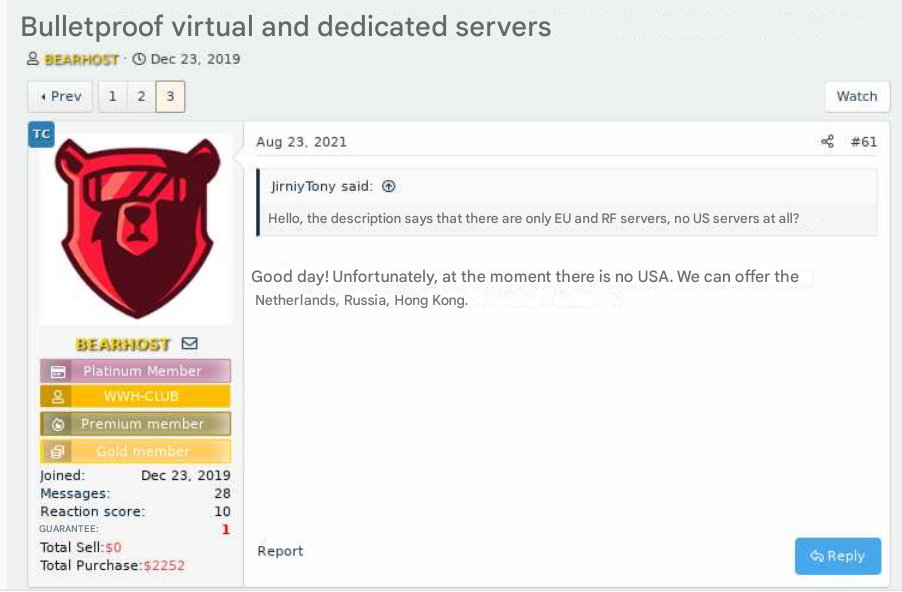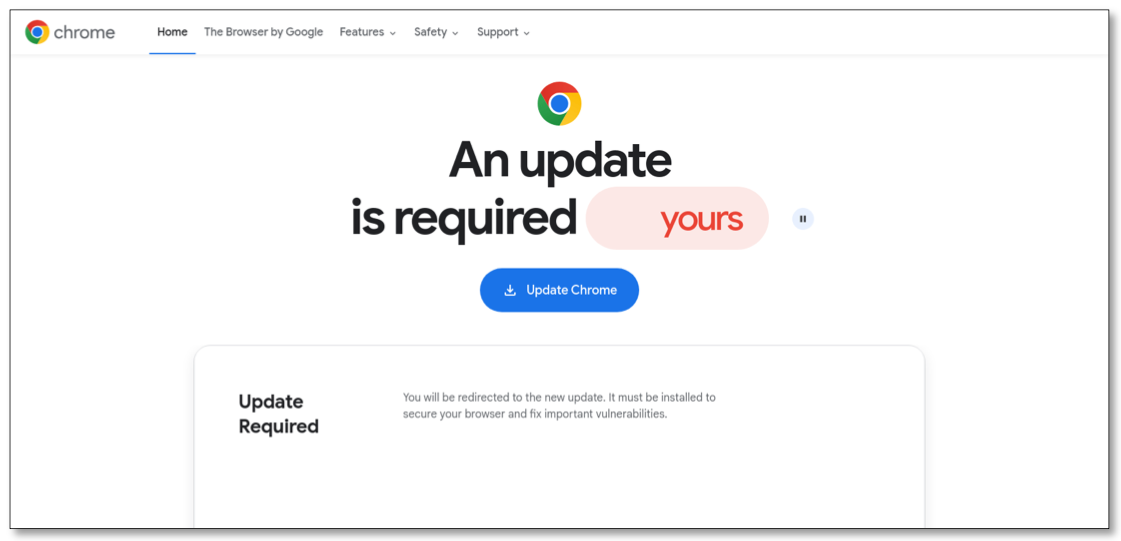Cybersecurity has become an important element of business continuity. Regardless of the industry, all organizations operate in increasingly hazardous environments, with significant threats like ransomware impacting millions of businesses every year.
However, while these threats are very real, your business shouldn’t operate in fear. With the right knowledge and tools, you can have more confidence in your organization’s ability to minimize its attack surface or even recover successfully in the event of an attack.
To get to this point, however, there are some fundamental strategies and best practices you should be deploying.
Identify the Warning Signs
One of the most intimidating aspects of ransomware attacks, besides their aggressive nature, is that they can happen in an instant. While ransomware may appear to execute instantaneously at first glance, more subtle indicators emerge that show an organization that it could be in danger of an attack.
A common sign of a ransomware attempt is unusual spikes in network activity or unexpected system slowdowns. This could be the beginning of an infiltration and can also precede application or file storage performance issues.
If you’re seeing an increase in suspicious emails or flagged spam, it’s possible that your organization may be getting targeted, and it’s important to take added precautions.
Know How to Isolate and Contain
How quickly you respond to potential ransomware incidents can make all the difference in your ability to avoid or recover from them successfully. By acting decisively during an attack, you can prevent serious damage and limit the disruption it causes.
Conduct a Thorough Situation Assessment
After you’ve contained the threat, it’s important to start assessing any damage that’s occurred. Understanding the scope of the attack not only helps you to identify which systems may need to be prepared, but it also helps you to know if there are deeper data compliance issues you or your partners should be aware of.
Something that will inform your next steps is knowing exactly what type of ransomware you’ve come across. For example, why most ransomware variants work to quickly encrypt sensitive business data, the primary goal of an attacker can vary considerably. While some attackers may settle for smaller breaches for quicker financial gains, others may be motivated by disrupting operations as much as possible.
Work with Cybersecurity Professionals
Knowing how to adequately prepare your business to avoid ransomware attacks can take a fair amount of experience and knowing the right tools to use. In most cases, working with outside security experts is the best way to ensure you’re taking all the necessary steps to protect your business.
External experts are not only valuable in helping to prevent a future attack, but they can also be called in the event that you need to quickly recover from a successful breach. They’ll be able to help with data recovery, system and network restorations, and when working with cybersecurity insurance providers.
Evaluate Your Recovery Options
In the event your business needs to recover from a successful ransomware attack, there are different recovery options you’ll want to decide on. Assuming you’ve kept reliable backups of your critical data, executing manual recovery efforts is definitely an option worth considering sooner rather than later.
Negotiating with attackers or paying a ransom is often a risky option. Paying a ransom doesn’t guarantee that you’ll be able to gain access to your encrypted data again, nor will it ensure you aren’t targeted again. A safer alternative is to explore using professional data recovery services and working with qualified security partners to help you quickly and efficiently recover.
Execute System Restoration
Once you have chosen a recovery process, it’s time to execute it. The first step in most recovery processes is to first try to decrypt locked-out files if lower-grade encryption is used. However, in most cases, modern ransomware will be ineffective since most attackers use highly advanced encryption technologies when planning out their attacks.
In addition to using decryption technology, you can work with your partners or outside security teams to restore the most critical systems first using your recent backups. It’s important to ensure that all backups are adequately scanned before implementation to ensure that they are free of any lingering malware or other suspicious files.
Improve Your Security Effectiveness Long-Term
Prevention is the key to avoiding the long-term impact of ransomware. To do this, it’s important to regularly assess the performance of your existing security measures and identify areas that need improvement. Conducting regular assessments of your organization’s cybersecurity posture gives you the blueprint necessary to ensure you’re maximizing the value of your security investments.
However, business risk assessments are beneficial for more than just keeping your business safe. They’re also important when evaluating regulatory compliance when adopting AI tools and ensuring secure and responsible implementations across all your systems.
Don’t Let a Ransomware Attack Break Your Business
There is no question that ransomware is an intimidating cyber threat that all businesses should be aware of. However, by understanding the risks and taking proactive steps to protect your organization, you’ll be able to confidently navigate new security challenges as they arise.
Author Bio:
Nazy Fouladirad is President and COO of Tevora, a global leading cybersecurity consultancy. She has dedicated her career to creating a more secure business and online environment for organizations across the country and world. She is passionate about serving her community and acts as a board member for a local nonprofit organization.
The post From Crisis to Confidence: Navigating Ransomware Incidents with Expert Guidance appeared first on Cybersecurity Insiders.


